
Video The Wishlist - The File: Small Route, Massive Reputation
Some routes have a reputation that precedes them and The File is one of those. Ironically, size is something that both the route and its first ascentionist have in common, insofar as both are on the shorter side, but are equally renowne...






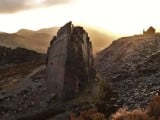

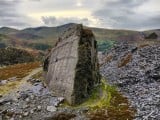


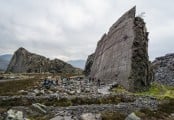
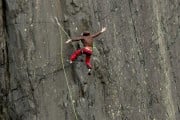
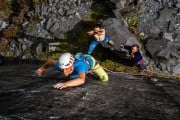
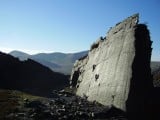








Comments
Am I missing something? There seems to be nothing about the route itself, no description, no account of the experience of climbing the route.
Eh? There’s a whole 8-minute movie on it, which tells and shows you a lot about it, and about the experience of climbing it. Then, in the accompanying text, there’s a bit on the history. Perhaps there’s something wrong with your computer.
Seams the same, to me!
:-}
Looked fine to me as well Gordon.
There's even a topo
I like Rob's technique of grabbing a decent flake hold with one hand and the removing his lower hand from another hold and smacking said flake with the now free hand to check whether it will snap or not. 😆
Lovely film chaps. I've done it, but like Valkyrie from the last vid, it's so long ago I remember very little about it. Must go back and do it again whilst I'm still getting up VSs in reasonable order (most of the time).